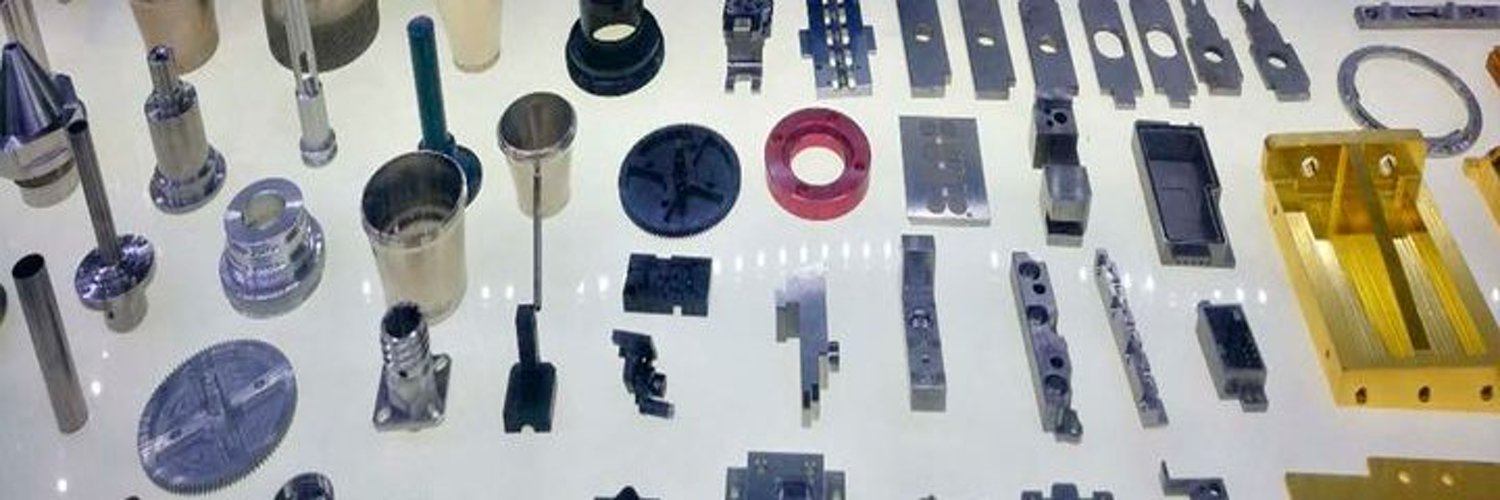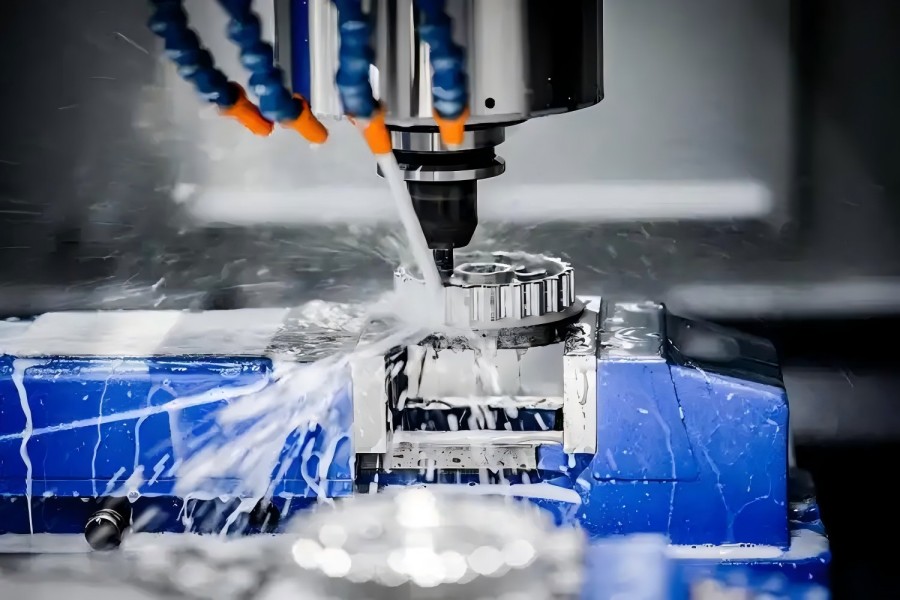News Categories
Contact Us
020-86988980
- Guangzhou Sinoth Import and Export Co., LTD
Tel: 020-8968-8980
Website:www.gzsynoth.com
Email: belinda@dginfa.com(24 hours online)
Phone: +86 189 2740 6786
Address: No 5, Jinshi Three Street, Shiling Town, Huadu District,Guangzhou City, Guangdong Province
News
Current Location:Home > News > News
Precision stamping and required conditions
Add Time:2025-03-28
Precision stamping parts are through a series of stamping processing processes, such as punching, extrusion, rolling, welding, cutting, etc., processing is very difficult, in order to meet the production needs, to achieve good product forming effect, the stamping materials of fine blanking parts also have high requirements. Therefore, what conditions should be met for the stamping material of precision stamping parts?
The stamping performance of the stamping material required for precision stamping parts.
First. Stamping materials should be easy to obtain high-quality, high-precision, and convenient production and processing of precision stamping parts.
Second. The ultimate deformation degree and the total ultimate deformation degree of the stamping process of the stamping material should be large enough to facilitate the improvement of production efficiency.
The loss and wear of stamping materials for precision stamping parts and precision stamping dies should be low, and it is not easy to produce scraps, which is convenient for increasing output.
The stamping material of precision stamping parts should meet the process requirements.
First. The thickness tolerance of stamping materials should meet the national standards: different die clearances are suitable for materials of different thicknesses, if the tolerances are too large, it will not only directly affect the quality of stamping parts, but also cause damage to the die or press.
Second. The surface quality of the stamping material is good: the surface of the stamping material is smooth and smooth, and there are no defects such as oxide scale, cracks, rust spots, scratches, and delamination. The surface condition of the material is good, it is not easy to break during the processing process, and it is not easy to scratch the mold, and the surface quality of the stamping parts obtained is good.
Third. The stamping material should have good plasticity: the stamping material should have high elongation and cross-section shrinkage, low yield squint and high tensile strength, high plasticity and large deformability, which is conducive to the stability of the stamping process, uniform deformation, and improvement of the dimensional accuracy of precision stamping parts.
The stamping material should be connected with the machinery and can continue to be processed (such as welding, polishing and other processes), with good adaptability, and must not damage the mechanical equipment.
The stamping material of fine blanking parts is related to its performance and quality, in order to select the appropriate fine blanking material, it is necessary to meet the above relevant conditions and meet the production requirements.
The stamping performance of the stamping material required for precision stamping parts.
First. Stamping materials should be easy to obtain high-quality, high-precision, and convenient production and processing of precision stamping parts.
Second. The ultimate deformation degree and the total ultimate deformation degree of the stamping process of the stamping material should be large enough to facilitate the improvement of production efficiency.
The loss and wear of stamping materials for precision stamping parts and precision stamping dies should be low, and it is not easy to produce scraps, which is convenient for increasing output.
The stamping material of precision stamping parts should meet the process requirements.
First. The thickness tolerance of stamping materials should meet the national standards: different die clearances are suitable for materials of different thicknesses, if the tolerances are too large, it will not only directly affect the quality of stamping parts, but also cause damage to the die or press.
Second. The surface quality of the stamping material is good: the surface of the stamping material is smooth and smooth, and there are no defects such as oxide scale, cracks, rust spots, scratches, and delamination. The surface condition of the material is good, it is not easy to break during the processing process, and it is not easy to scratch the mold, and the surface quality of the stamping parts obtained is good.
Third. The stamping material should have good plasticity: the stamping material should have high elongation and cross-section shrinkage, low yield squint and high tensile strength, high plasticity and large deformability, which is conducive to the stability of the stamping process, uniform deformation, and improvement of the dimensional accuracy of precision stamping parts.
The stamping material should be connected with the machinery and can continue to be processed (such as welding, polishing and other processes), with good adaptability, and must not damage the mechanical equipment.
The stamping material of fine blanking parts is related to its performance and quality, in order to select the appropriate fine blanking material, it is necessary to meet the above relevant conditions and meet the production requirements.



